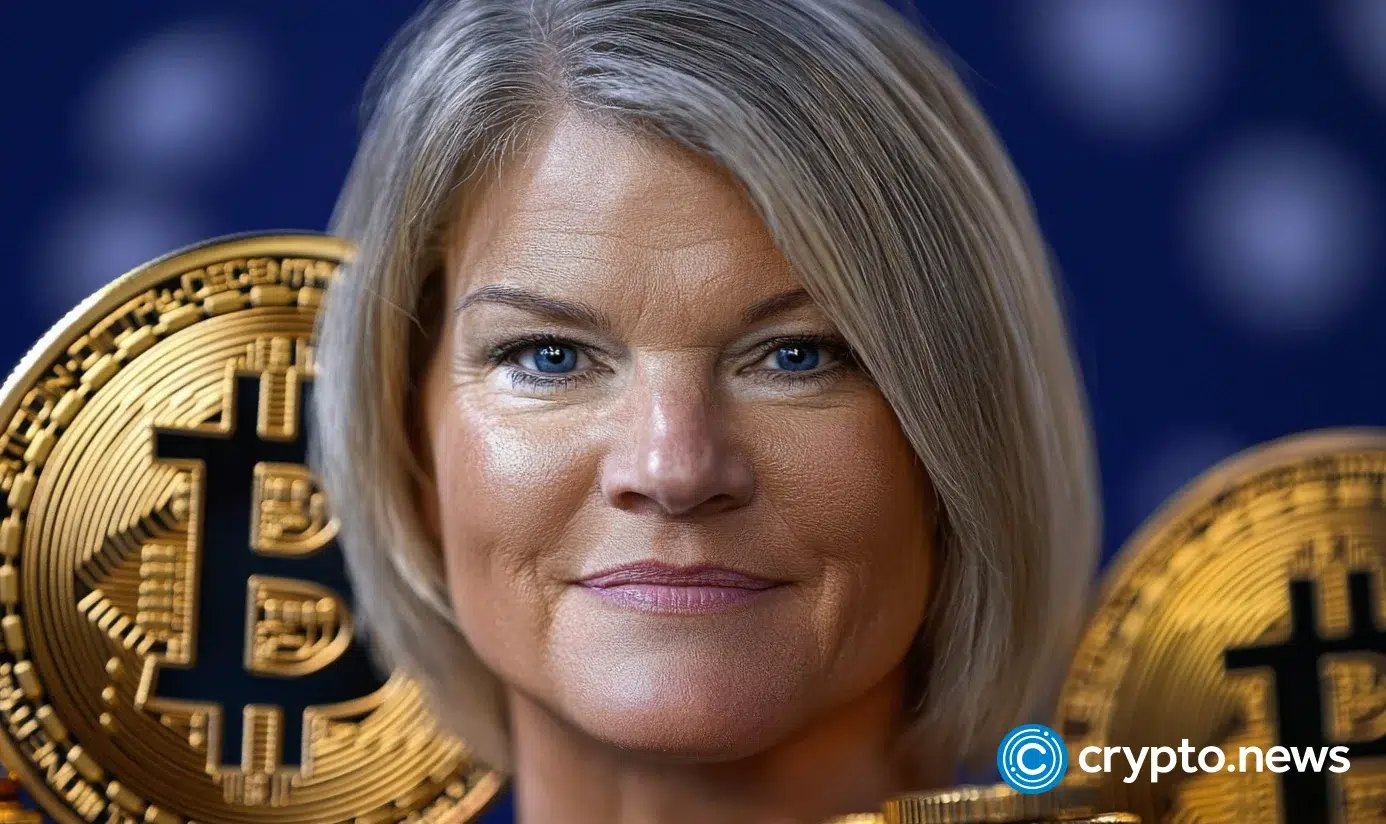Bitcoin Edges Out Gold As Store Of Value For Younger Emerging Market Investors: VanEck’s Sigel
Bitcoin’s growing appeal among younger investors in emerging markets is positioning it as a preferred store of value over gold, according to Matthew Sigel, head of digital assets research at VanEck.
In an X post on Tuesday, Sigel said surveys show younger consumers increasingly favor Bitcoin for wealth preservation. He noted that around half of gold’s market value comes from its role as a store of value rather than industrial or jewelry use.
If Bitcoin were to capture half of that market, he argued, it would imply a value of $644,000 per coin at today’s record gold price.
Erosion Of Trust In Traditional Reserves Drives Case For Bitcoin Adoption
His comments came just hours after Bitcoin hit a new record high of more than $126,000, marking a 95% gain in the past year. The surge has been fueled by institutional inflows, shrinking supply on exchanges and demand for safe-haven assets during political and economic uncertainty.
VanEck’s broader research frames Bitcoin as more than just a speculative asset. In a report published earlier, the firm projected that by 2050, Bitcoin could solidify its role as a key international medium of exchange and evolve into one of the world’s reserve currencies.
The analysis is based on expectations that trust in existing reserve assets will continue to erode. VanEck believes Bitcoin’s scalability challenges, which have limited mainstream adoption, will be addressed by emerging Layer-2 solutions. These upgrades, the firm argues, could unlock faster and cheaper transactions while preserving Bitcoin’s core qualities of immutability and sound monetary design.
VanEck Sees Bitcoin Settling Ten% Of Global Trade By 2050
According to VanEck, Bitcoin could be used to settle 10% of global trade and 5% of domestic trade by 2050. Central banks, in that scenario, would hold about 2.5% of their reserves in the cryptocurrency.
Applying a velocity of money framework, the firm suggests this level of adoption could support a long-term price of $2.9m per Bitcoin, equal to a total market capitalization of $61 trillion.
The report also assessed the potential value of Bitcoin’s Layer-2 ecosystem. VanEck estimated these networks, which include scaling solutions for payments and smart contracts, could collectively be worth $7.6 trillion, representing about 12% of Bitcoin’s total future value.
Billions Flow Into Bitcoin ETFs Signaling Growing Mainstream Acceptance
The comparison between Bitcoin and gold has grown sharper this year. Gold climbed above $4,000 per ounce. At the same time, Bitcoin set back-to-back record highs. For many investors, gold still serves as the established hedge. However, Bitcoin’s digital attributes and scarcity are resonating with a younger generation that is more accustomed to digital-native assets.
Meanwhile, institutional adoption has added further weight to this shift. Spot Bitcoin ETFs in the US and other markets have attracted billions in inflows. These products provide regulated access and signal growing mainstream acceptance. As a result, the psychological gap between Bitcoin and gold as competing stores of value has narrowed.
Sigel’s remarks reflect this generational shift in preference. Gold has served as a safe haven for centuries. Yet younger investors in fast-growing economies now appear more willing to back Bitcoin’s long-term role in the financial system.
También te puede interesar

US could start funding Strategic Bitcoin Reserve “anytime,” Lummis confirms

Ethereum Fusaka Upgrade Set To Redefine ETH Performance — Here’s What to Expect
